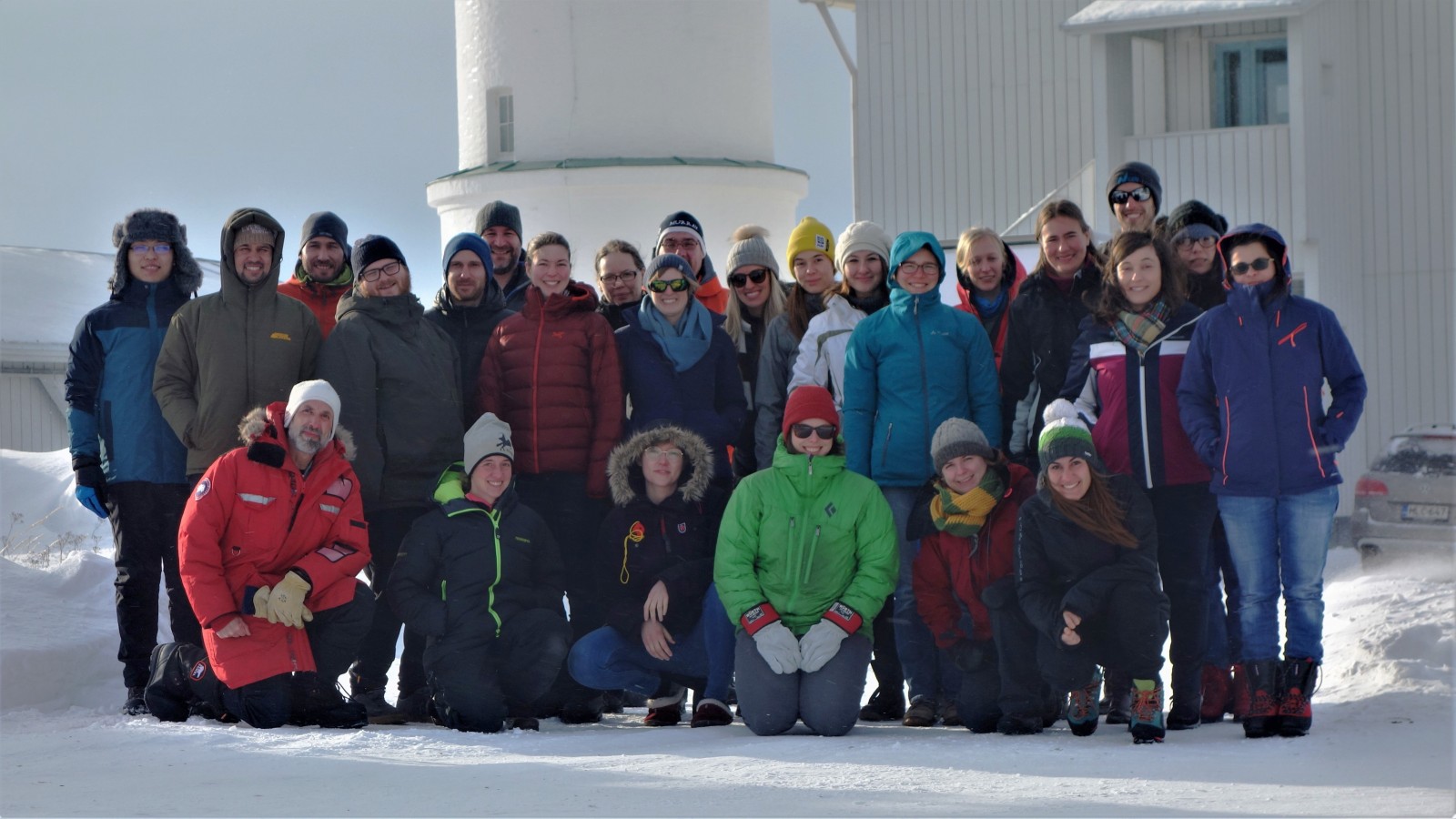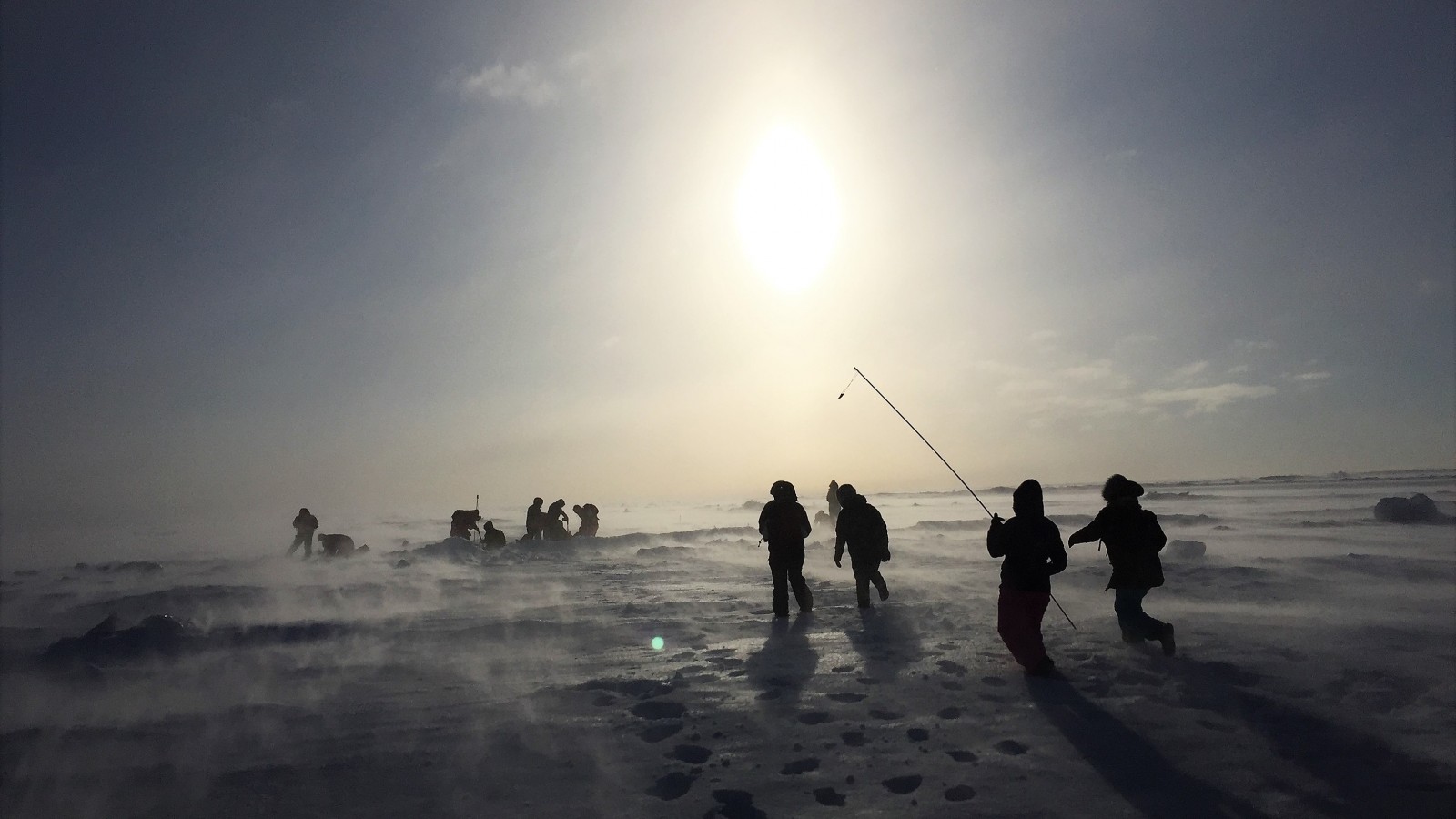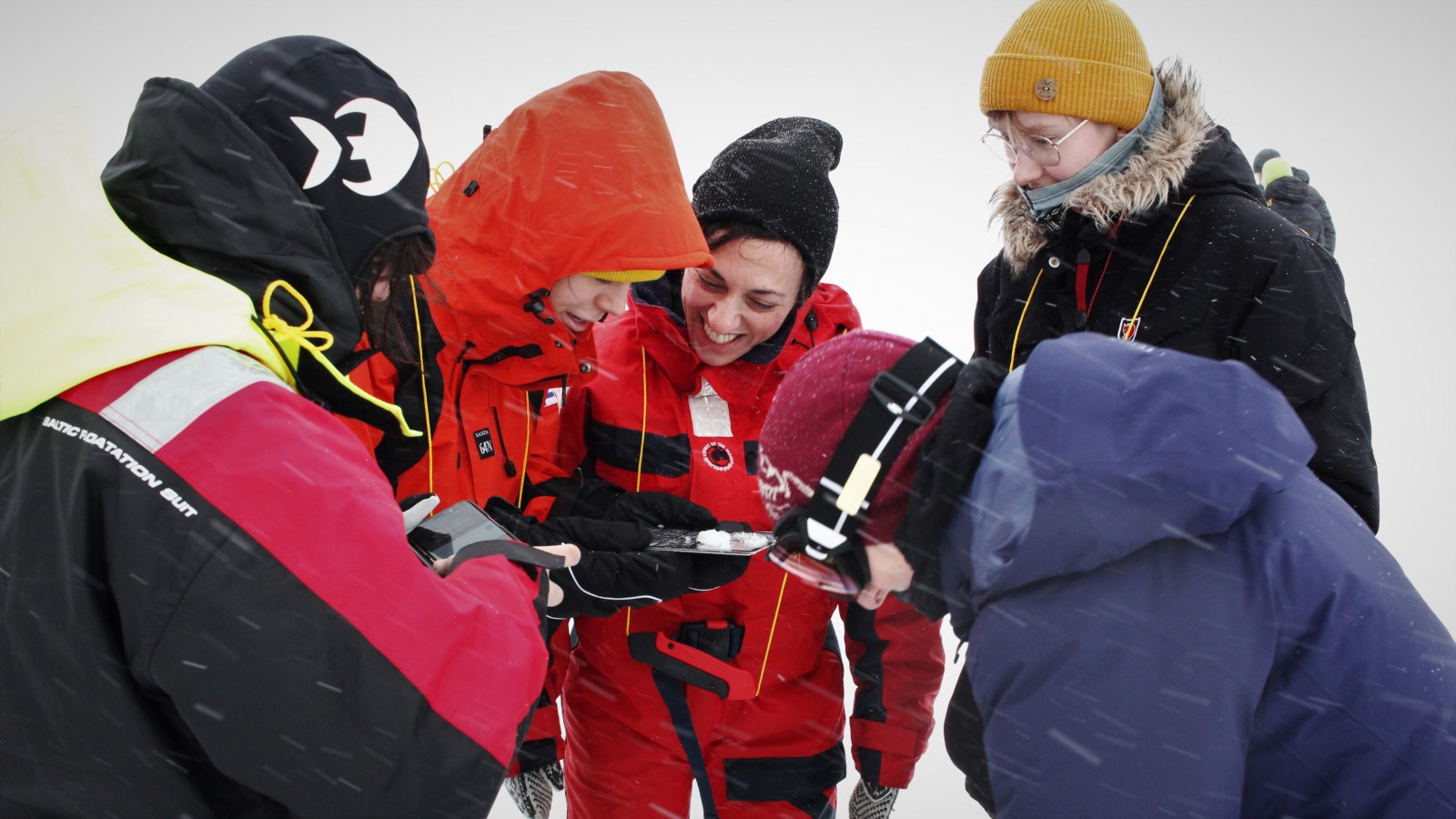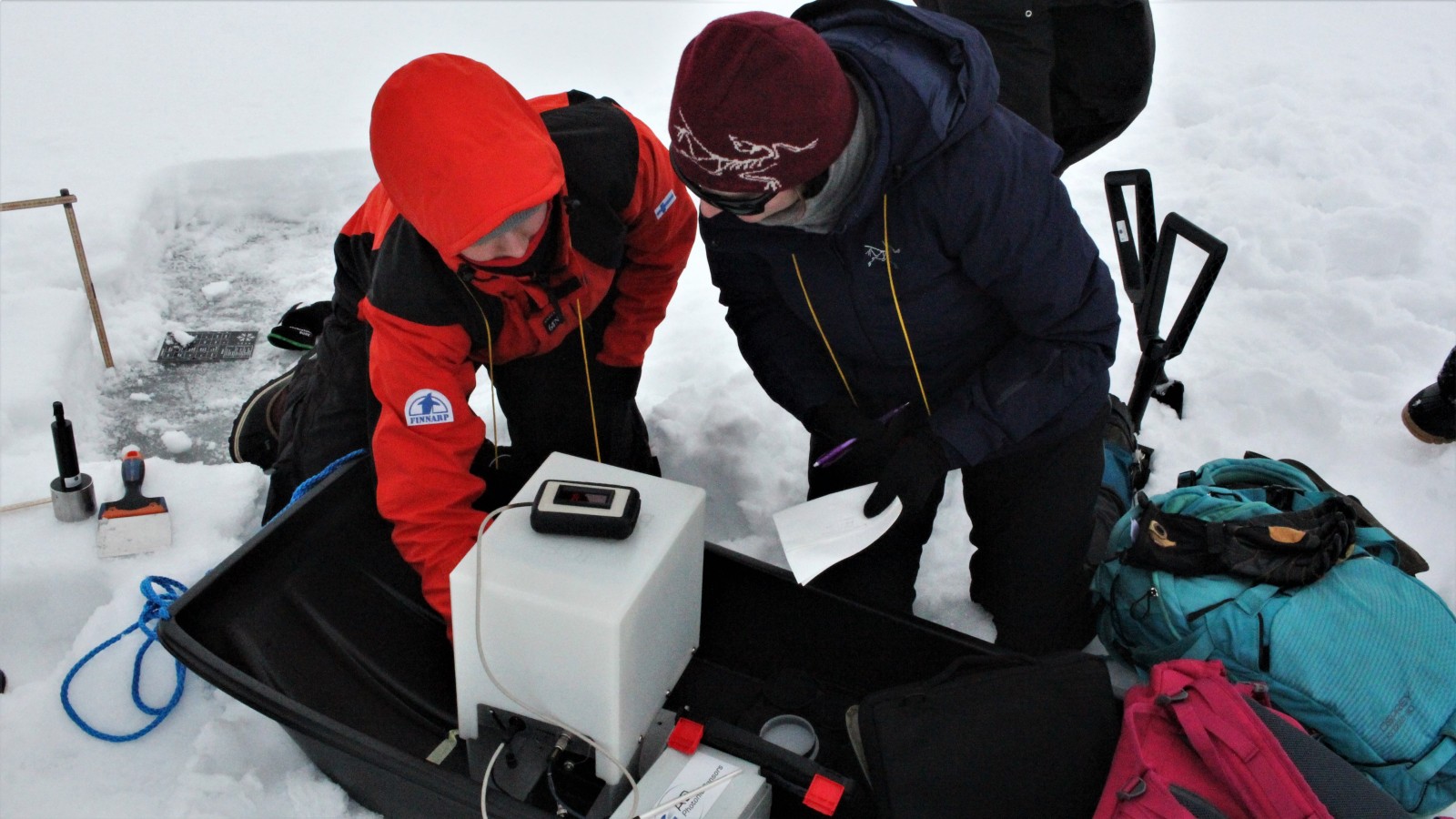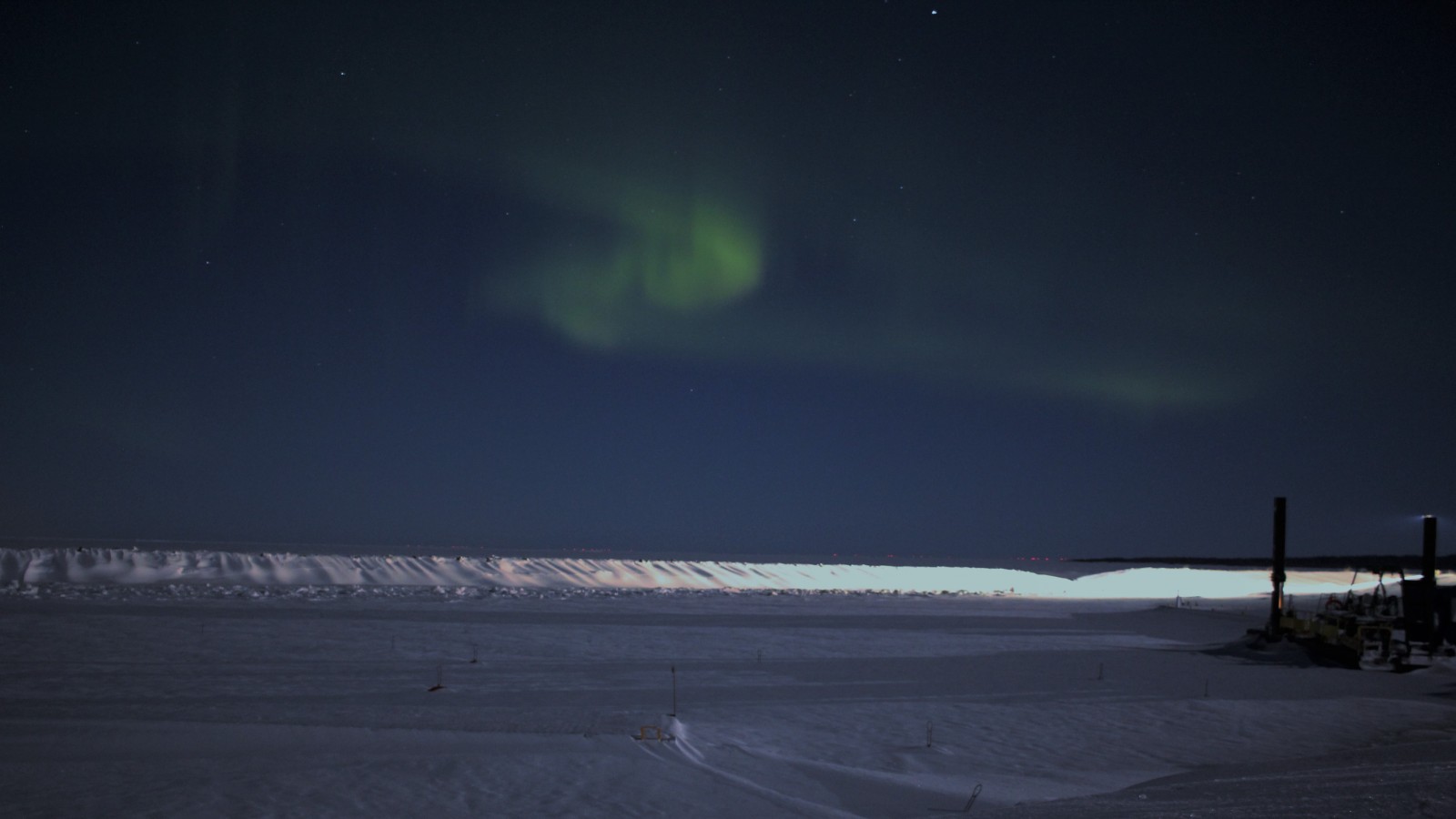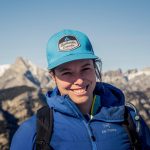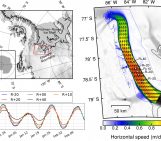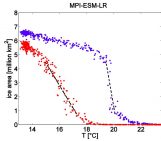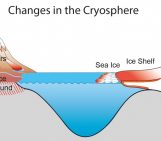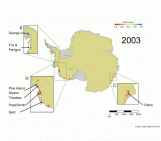From February 17th to 23rd, 21 graduate students and postdoctorate researchers from around the world made their way to Hailuoto, a small island on the coast of Finland, to spend a week learning about snow on sea-ice for the 5th Snow Science Winter School. The course, jointly organized by the Finnish Meteorological Institute and the Swiss Federal Institute for Forest, Snow and Landscape Research WSL, brought together a wide range of scientists interested in snow: climate modellers, large-scale hydrologists, snow microstructure modellers, sea-ice scientists and remote sensing experts studying the Arctic, Antarctica and various mountain ranges. The week was spent between field sessions out on the sea-ice, daily lectures, and data analysis sessions, punctuated by amazing food and Finnish saunas to finish the day!
Field sessions
Our field sessions focused on learning to use both standard snow measurement techniques and advanced state-of-the-art methods. We first practiced sampling the thin, crusty snowpack with traditional methods: digging snow pits and recording grain size, temperature profile and density. We then moved to advanced techniques, learning about micro-tomography – which generates 3D images of the snow without destroying the way the individual ice crystals are arranged, near-infrared imagery and the measurement of specific surface area of the snow crystals by recording how a laser beam is reflected and modified as it passes through the snow sample. These techniques all give information on how the snow crystals are arranged in the snow pack that are not obtainable with the traditional techniques. They also give important parameters for remote sensing validation and snowpack modelling.
The lecturers had brought with them some of the most advanced instruments, in some cases their own unique prototypes, giving us an amazing opportunity to practice working with these instruments. Amongst them was the SLF SnowMicroPen, which can measure the mechanical resistance of the snowpack, the optical sensors IRIS and SnowCube which use the reflection from a laser beam to calculate the surface area of the snow crystals, and a small radar which relates the conductivity of snow to the amount of liquid water mixed in with the snow and the density. On top of that, we honed our sea-ice drilling and measurement skills. During our field sessions, we were exposed to all the conditions a field researcher might experience, from cloudy skies, over to high winds threatening to blow away all your equipment to crisp, cold blue skies.
Lectures
Our daily lectures covered a range of topics, leaning on the expertise of the instructors of the course. After a short introduction about sea-ice, a well-needed refresher considering the wide range of backgrounds of the participants, we jumped into snow-science. We learned about snow measurements from a field, remote sensing, and modelling perspective. The lectures sparked multiple discussions, from the continual need for more ground-validation for remote sensing data, over spatial representativeness and accuracy of the field samples to modelling approaches and a consideration of the limitations of the observational datasets.
Final projects
After learning how to use these fancy and expensive instruments and using our newly gained knowledge of snow on sea-ice, we were given a day to plan our own field session, collect data, analyze the results and present our result to the other groups on the final afternoon. Some very ambitious projects were quickly checked by reality in the field and the snow conditions were exceptionally challenging. This meant that our data might not perhaps yield any scientific breakthroughs in the field of snow science, but that we certainly learned how to adapt measurement and analysis designs on the fly and will hopefully all have an all-weather plan for the next expedition out into the snow for our various projects at home.
More than the science
On our second evening, we braved the elements for the ice breaker held in a tent on the sea ice. Luckily, only the ice between the students and lecturers broke so that everyone appeared again at breakfast the next day. The delicious food kept us warm for the duration of the trip and anyone still feeling cold could enjoy the sauna for a truly Finnish experience. Our knowledge gained over the week was tested on the final evening with a sea-ice themed trivia organized by the instructors.
Being this far north provides a great opportunity to witness some elusive northern lights. During the entire week, we kept a close eye on the aurora borealis forecast, and we finally had a good chance of seeing them on our last night. Needless to say, we put our field gear back on to head outside and were rewarded by a beautiful display of dancing green and pink lights in the skies. A wonderful way to finish a successful week of learning, meeting fellow researchers and sparking new research questions!
To finish on a high not, here is a short video summarizing our incredible week in Hailuto! [Credit: Caroline Aubry-Wake]Edited by Violaine Coulon
Caroline Aubry-Wake is a mountain hydrology PhD candidate at the University of Saskatchewan, Canada. By combining mountain fieldwork in the Canadian Rockies with advanced computer modelling, she aims to further understand how melting glaciers and a changing landscape will impact water resources in the future.
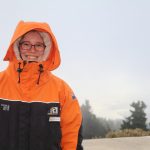 Maren Richter is a PhD student at the Department of Physics of the University of Otago. A physical oceanographer by training, she has turned her focus on the solid state of water to study ice-ocean interactions in Antarctica. Specifically, the effect of platelet ice formed near ice shelf cavities on landfast sea ice thickness evolution and variability on interannual to decadal timescales.
Maren Richter is a PhD student at the Department of Physics of the University of Otago. A physical oceanographer by training, she has turned her focus on the solid state of water to study ice-ocean interactions in Antarctica. Specifically, the effect of platelet ice formed near ice shelf cavities on landfast sea ice thickness evolution and variability on interannual to decadal timescales.

